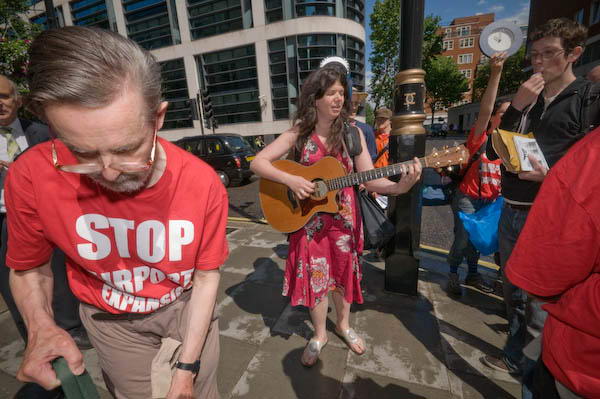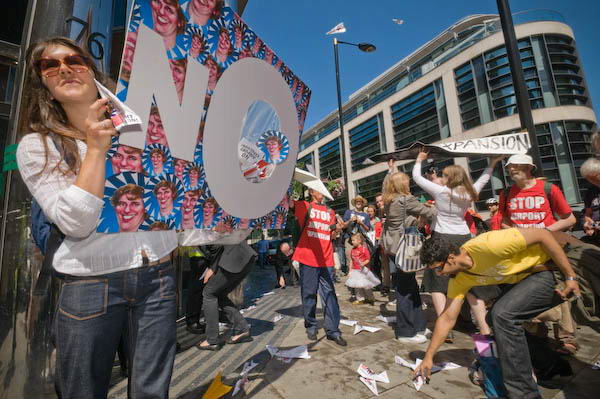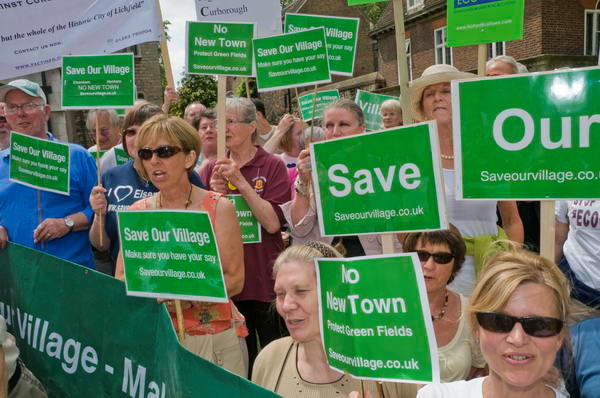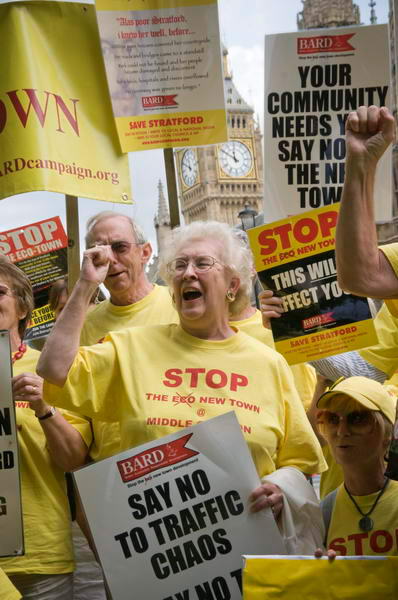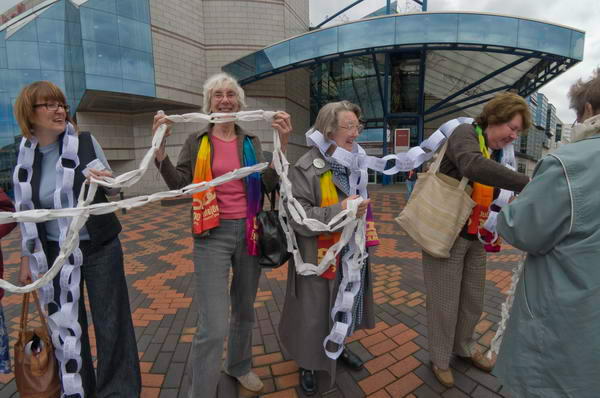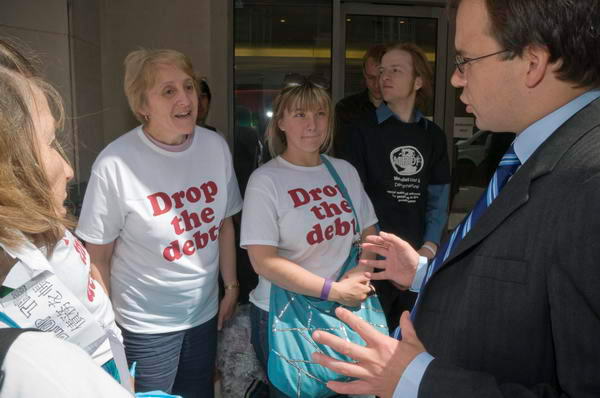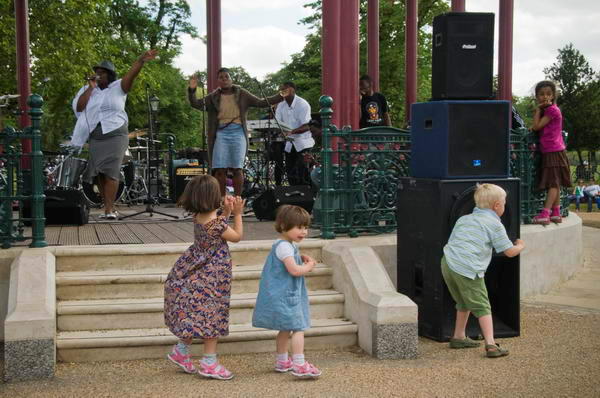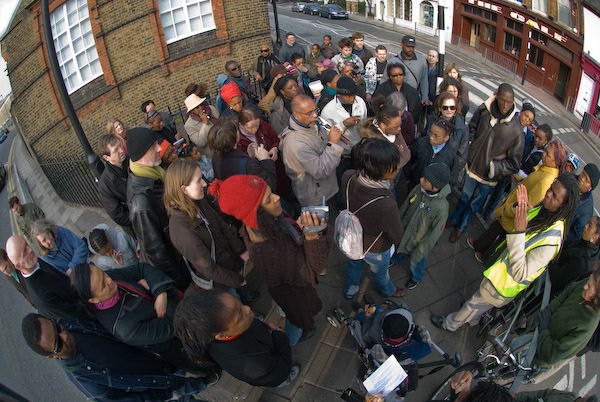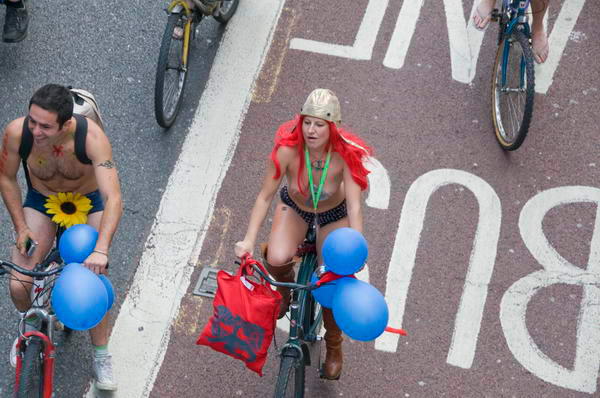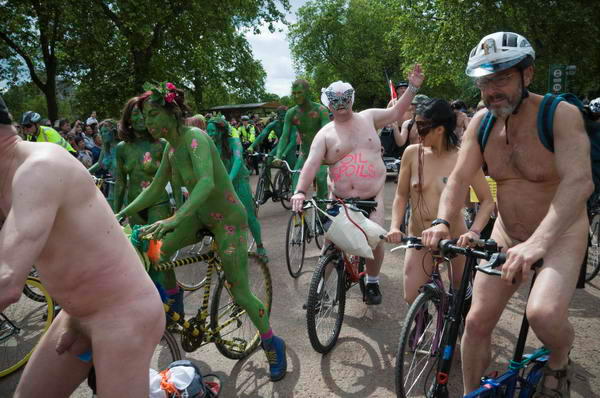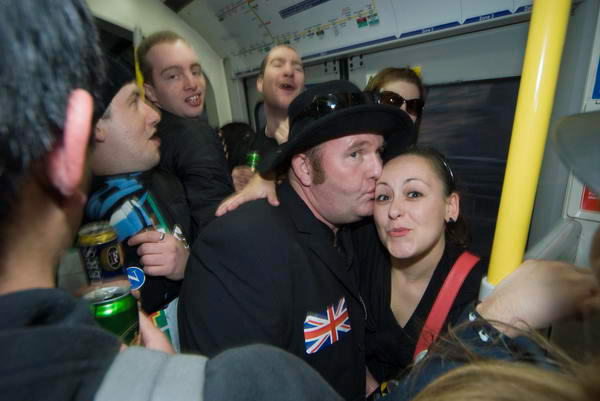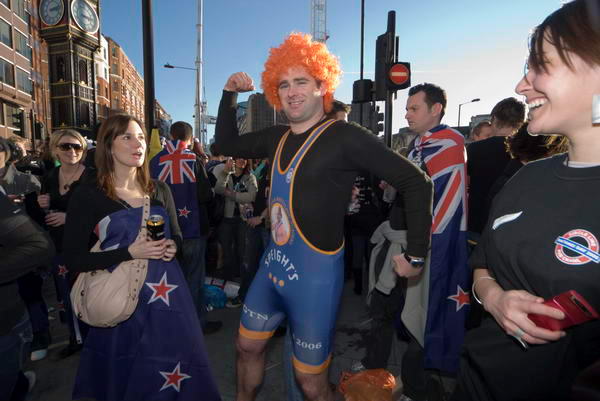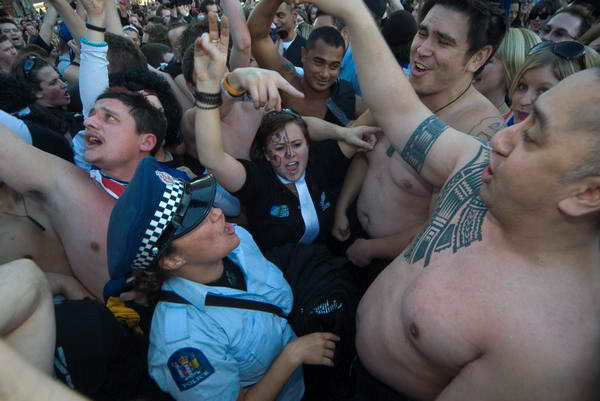New rules from the New York Mayors Office of Film, Theatre and Broadcasting (MOFTB) about photographing on the streets of that city will I think be welcomed by photographers who work there. They make it clear that you don’t need a permit unless you want to use extensive equipment or vehicles or want to block a significant part of a street for your work.
If you only use a hand-held camera (still or video) – even if it is on a tripod, you don’t need a permit, as it makes clear: “Standing on a street, walkway of a bridge, sidewalk, or other pedestrian passageway while using a hand-held device and not otherwise asserting exclusive use of City property is not an activity that requires a permit.” Tripods can still land you in trouble if you block road lanes or use them on narrow pavements, but do not in themselves need a permit – they too are generally regarded as “hand-held equipment.”
Similarly it states ” the filming of a parade, rally, protest or demonstration does not require a permit” and you don’t need a permit if you are a press photographer with a NYPD pass.
To photograph in city parks and inside public buildings will still require authorisation from those in charge of them and permits will continue to be required for the certain activities “including but not limited to animals, firearms (actual or simulated), special effects, pyrotechnics, police uniforms, police vehicles” etc.
The new rules came only after several rounds of public consultation and seem a useful clarification of the right to photograph on public streets (and the activities that, largely reasonably, require a permit.)
Although we have a similar freedom to photograph in public places in the UK without need of permits, it might perhaps be nice to have a similar statement clarifying this in our country and in our major cities in particular, where increasing photographers are finding their right to photograph while on the public street without permission challenged, particularly by the growing armies of heritage wardens, community support officers, security employees and others who police our streets.
One site worth looking at for UK photographers is UK Photographers Rights
by Linda Macpherson LL.B, Dip.L.P., LL.M, a lecturer in law at Heriot Watt University, and I’m glad to read from one of the comments that she is working on a revised version of her “short UK guide to the main legal restrictions on the right to take photographs and the right to publish photographs that have been taken” which you can download there.
The comments on the page, and in particular Linda’s replies to them make some interesting reading, although they are occasionally debatable (as are so many things in law.)
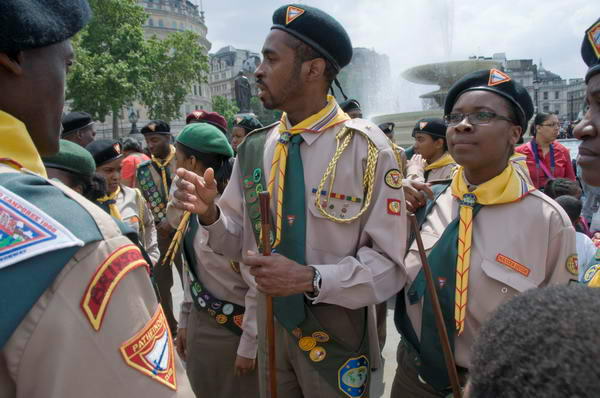
Trafalgar Square – without written permission to photograph
(Seventh Day Adventist Youth march against gun & knife crime)
One particular instance concerns the by-laws which apply to Trafalgar Square which thousands of photographers – myself included – regularly break which require written permission for “photographs or any other recordings of visual images for the purpose of or in connection with a business, trade, profession or employment or any activity carried on by a person or body of persons, whether corporate or unincorporate“.
This is exactly the kind of nonsense that the New York MOFTB rules clarify and largely dispense with – making clear exactly what kind of photographic activity needs a licence, and provides a very good example of why would benefit from a similar document in London.
